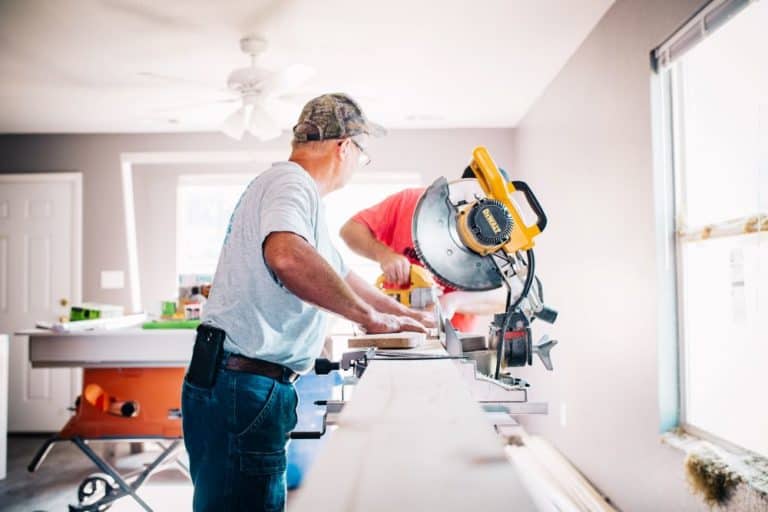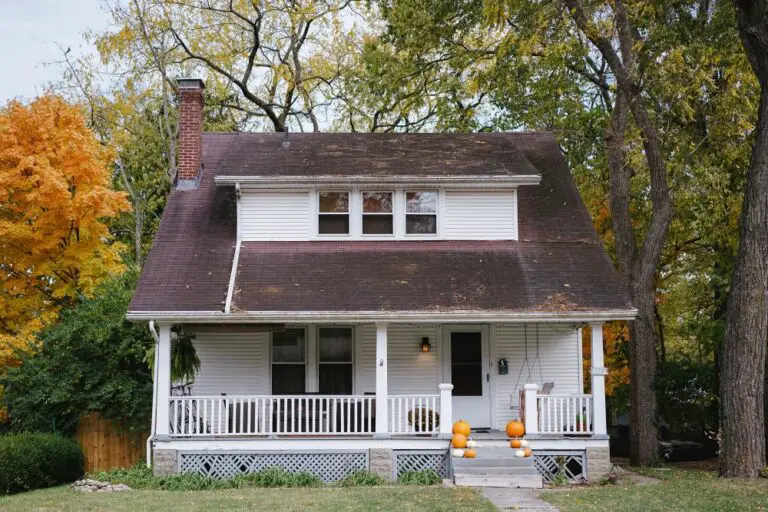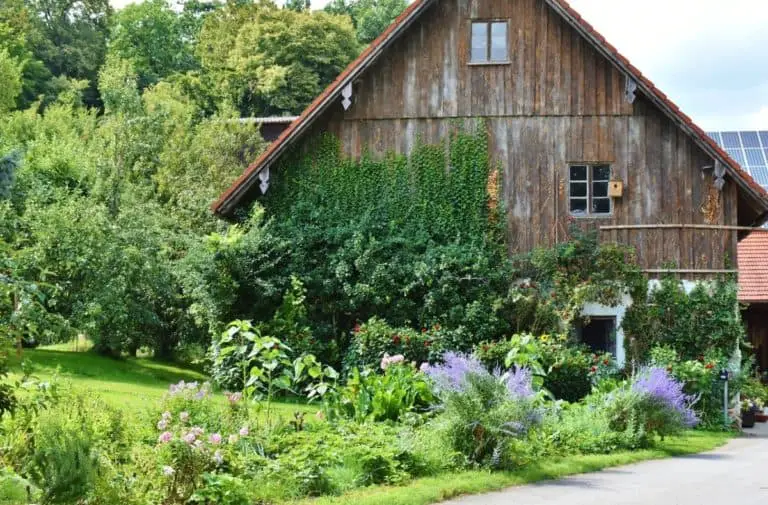Beekeeping in an Off-Grid Home: Yay Or Nay?
When living in an off-grid home, you may consider beekeeping as a way to help the environment, your wallet, and your desire for self-sustainability. But, do the benefits outweigh the risks when it comes to this endeavor? What should you take into consideration before deciding to don the beekeeping suit?
Beekeeping yields many benefits that can be incredibly valuable to an off-grid homesteader. It’s an excellent way to increase self-sufficiency by making products that can be used or sold, as well as helping improve your crop harvest, all while having a positive impact on nature.
Honey may be one of the most popular and yummiest reasons to consider keeping bees, but it’s definitely not the only reason. There are so many benefits that go beyond this delicious and natural sweetener.
Table of Contents
Why You Should Consider Beekeeping Off-grid
There are many reasons for keeping bees, no matter where you live. But if being self-sufficient appeals to you, here are just a few of the ways that beekeeping can positively impact your off-grid lifestyle:
Honey
Per year, a beehive typically produces 30 to 60 pounds of honey, with a possibility of producing 100 pounds. That’s a lot of honey! And although we typically think of honey first and foremost as a foodstuff, it has also been used for centuries to holistically treat different ailments, such as burns, diarrhea, acid reflux, and infections.
Beeswax
Some argue that the best product of bees is not the honey, but the beeswax. While it is commonly used to make candles and cosmetic products such as lotions, soaps, and lip balms, there are tons of ways you can use beeswax. If your off-grid living is environmentally motivated, you can do things such as make your own beeswax wrap as an alternative to using plastic wrap or use the wax to waterproof your shoes.
Pollination
If you are striving to be as independent as possible when living off-grid, the odds are that you are growing your own food. Keeping bees and the pollination they provide will positively impact your garden to provide you with a greater yield of crops. As an added beautifying benefit, your flower gardens will also thrive from the attention of bees.
Source of Income
If you are looking to make some money from your beekeeping hobby, there are many possibilities to explore. The most common ways to make money may be to sell honey or beeswax products, but you can even raise and sell the bee colonies. Also, some farmers may be willing to rent your bees to pollinate their crops.
A Worthy Cause
Save the Bees has become a popular cause in recent years, with good reason. In the US, in 2018, 40% of honeybee colonies died. However, some research shows that beekeeping does not help the bee problem and can, in fact, hurt wild bees. If your primary motivation for keeping bees is to help the bee population, not all hope is lost. One study done shows no significant negative impact on native bees.
While it impacts on native bees is still up for debate, beekeeping does help the environment by promoting pollination, providing food for predators, and helping to maintain nature’s balance. If you want to keep bees while still assisting the bee cause, check out this great article on how you can really help save the bees.
How To Keep Bees On An Off-grid Home
Before deciding to start your own bee colonies, make sure you have done thorough research and that you understand the responsibility and cost of beekeeping. If you are ready to take the plunge, then read on.
Learn the Laws of Beekeeping
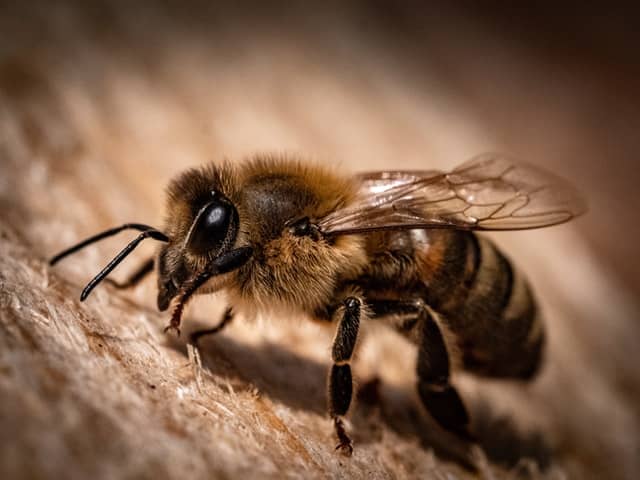
Before beginning your beekeeping journey, first, check into your local laws and policies. To find your state or region’s beekeeping laws, search online, use a local library or speak to your local bureaucrats.
Many areas have an apiarist who would be a great source of information as they are responsible for enforcing beekeeping laws, educating beekeepers, and inspecting hives. If you live in the US, you can find a list of state apiarists here.
You should also look into local laws, as your specific town or community may have ordinances that specifically address beekeeping or the broader subject of livestock. You may also want to review court cases that have dealt with bees or comparable animals, or speak with a lawyer about any possible liability issues.
Consider the Beekeeping Costs
While keeping bees can make you money, there are upfront and operating costs to consider. According to one source, there are three major expense groups of beekeeping:
- “Initial equipment investment: what you need for the housing and care of bees
- Honeybees: the actual bees
- Operating equipment: the equipment that helps you best work with your bees and optimally manages them.”
There are many factors that will affect how much you spend on this hobby. Some beekeepers decide to purchase all supplies, while others prefer to get crafty and make their own hives.
You can buy the necessary equipment separately, or you may want to look into purchasing a beginner kit, like the one sold here. On average, a beginner beekeeper can look to spend around $500.
Get Your Bees
Once you have decided that the cost is worth the reward, you will need to decide on how to get your most important component of beekeeping: the bees! How To Get Bees For Your Beehive highlights four possible ways to get bees:
- Buy a package of bees. This will typically cost from $80-$120. You can have your bees shipped through the mail, but it is recommended to buy from a local supplier as shipping may cause stress to the bees.
- Buy a nucleus. If you are planning on using the Langstroth method (more on that later), you may want to buy a “nuc,” which is a starter kit for this type of hive.
- Catch a wild swarm. Capturing a thriving swarm in your area will assure that the bees you keep are accustomed to your climate and come from a healthy hive.
- Get on a swarm list. For around $50, you can have someone catch a swarm for you. To get on a swarm list, search for local swarm removers or contact local beekeeping associations.
Decide on a Beekeeping Method
There are three primary methods of beekeeping: the Langstroth hive, the Top Bar, and the Warré.
| Hive Type | Design | Advantages | Disadvantages |
| Langstroth | Boxes that are stacked on top of each other, using removable frames. | Very popular and uses consistent measurements allowing parts to be ordered from different sources.Use of honey supers ensures you only take “extra” honey. | Requires heavy lifting when inspecting lower areas. Not considered “natural” to bees. |
| Top Bar | Horizontal one-piece wooden bars are laid along the top of a long box. | No foundation is needed, although the hive should be elevated off the ground.No wooden frames to assemble. No heavy lifting. Especially useful for beekeepers with the main goal of pollination. | Comb and honey both must be removed from the bar, so bees must make new comb each year. Not readily available. |
| Warré | Top bar design that is stacked vertically. Empty boxes are commonly placed at the bottom of the stack. | No frames or foundations are needed. Placing empty boxes at the bottom are thought to mimic natural bee life.Affordable and low maintenance. | Heavy lifting: a stack of boxes need to be lifted to add a new box.Inspecting the hive can be difficult and can cause damage to the comb. |
Sources: Beekeeping 101: Choosing A Type Of Beehive and 4 Types of Beehives & Their Pros and Cons
Do your research to learn more about the pros and cons of each type of hive so that you can choose the right hive for you and your beekeeping goals.
Keep Your Bees And Human Friends Safe
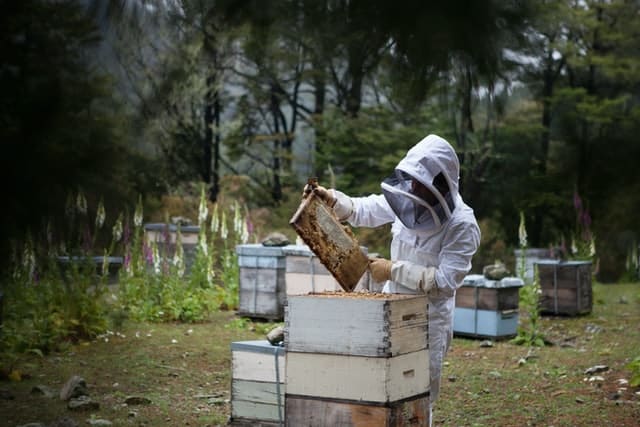
Types of hives are not the only thing you are going to want to research when beginning beekeeping. You also want to make sure that you can provide a good, safe home for your bees. To learn about the major dangers to your beehive (parasites, pesticides, disease, and predators), you can join a beekeeping group, find an experienced mentor, or do online research.
Besides keeping your bees safe, you also need to make sure you are taking precautions to keep your human friends safe as well. Think about the best location on your property to place your beehives so that they are out of high traffic areas.
Another good idea is to keep an epi-pen at home; this will be extremely useful not only if a visiting friend or family member is stung, but also in case you develop a sudden allergy to beestings.
Conclusion
Beekeeping can be a great way to provide critical services and products to off-grid homesteaders. Like any hobby that impacts living creatures and the environment, beekeeping is a big responsibility that should be seriously considered before it is begun. But with research and help from the beekeeping community, soon you can be on your way to sweet golden honey, useful wax, and bountiful harvests!
My Off-Grid Product Recommendations
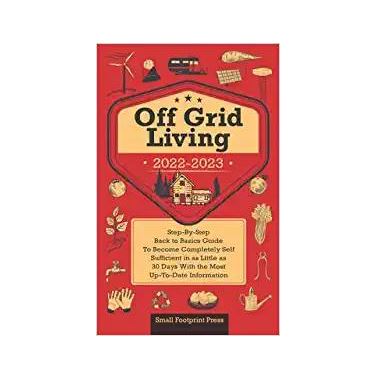
Useful Book: Off Grid Living 2022-2021 – This incredible step by step guide is a great read and gives you useful information about reaching self-sufficiency in just 30 days. Get the paperback on Amazon or read it free with a Kindle Unlimited subscription or listen to the audio version with Audible Plus membership.
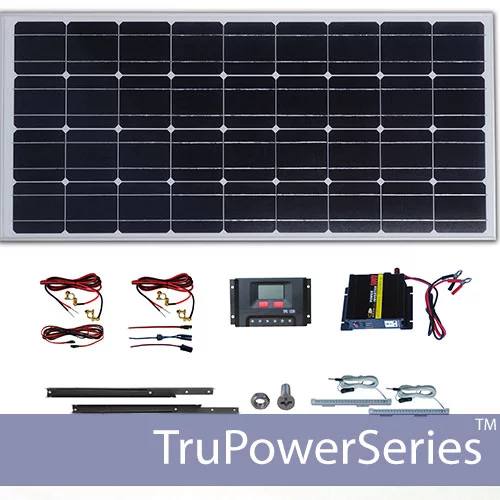
Small Solar Panel Systems: Silicon Solar – This is an excellent company that offers lots of products to get you started on your solar journey. Visit Silicon Solar.
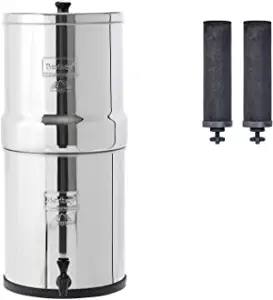
Family Water Filter: Big Berkey – For a fast, affordable water filter with no plumbing required, you can’t beat a Big Berkey gravity-fed filter like this one from Amazon.
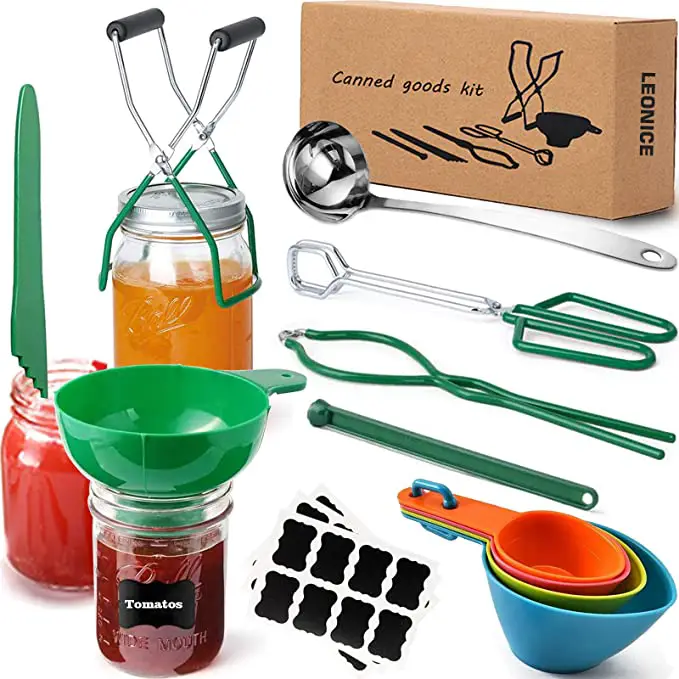
Canning Equipment – This canning starter kit, 22-quart Barton pressure canner and twelve-pack of Ball 16oz mason jars will help you preserve food as you work towards self-sufficiency.
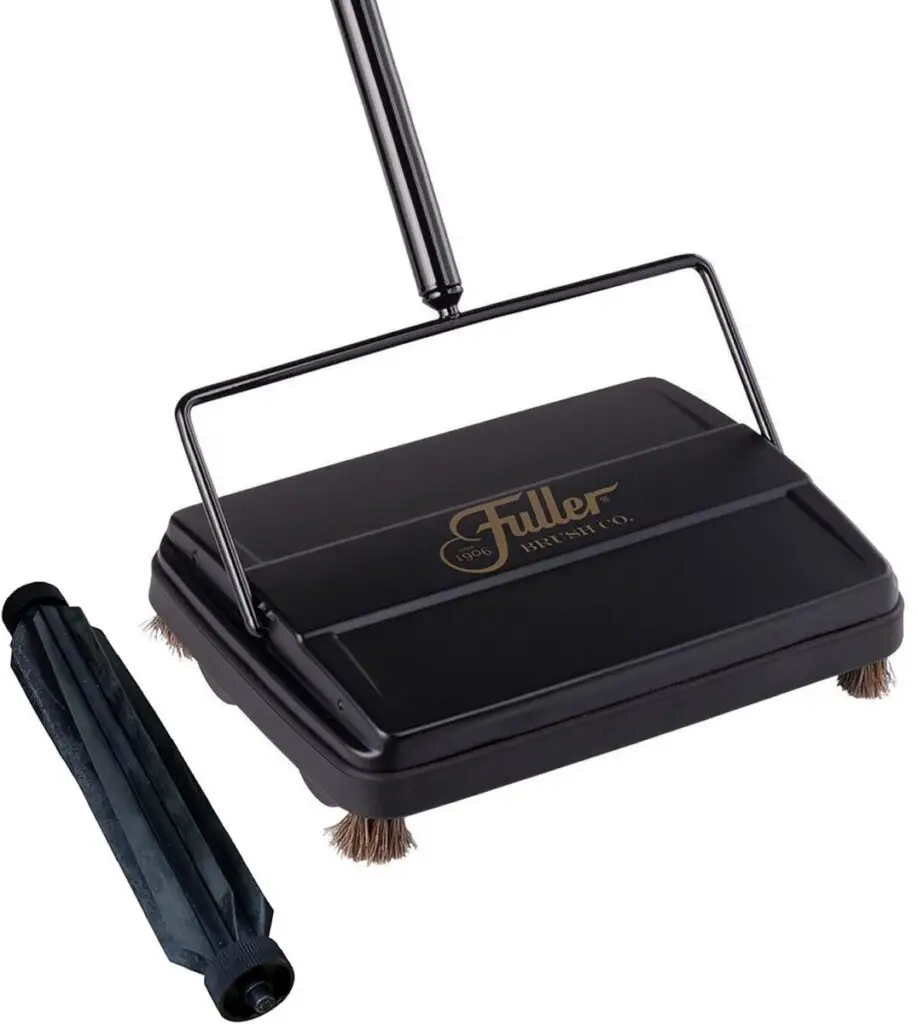
Cleaning: Fuller Carpet Sweeper –. This carpet sweeper is an ideal way to keep your home clean without using up your energy stores on vacuuming.

Handy Knife: Gerber Serrated Paraframe – This handy all-purpose knife is lightweight and ideal for all those little jobs around your home and garden.


